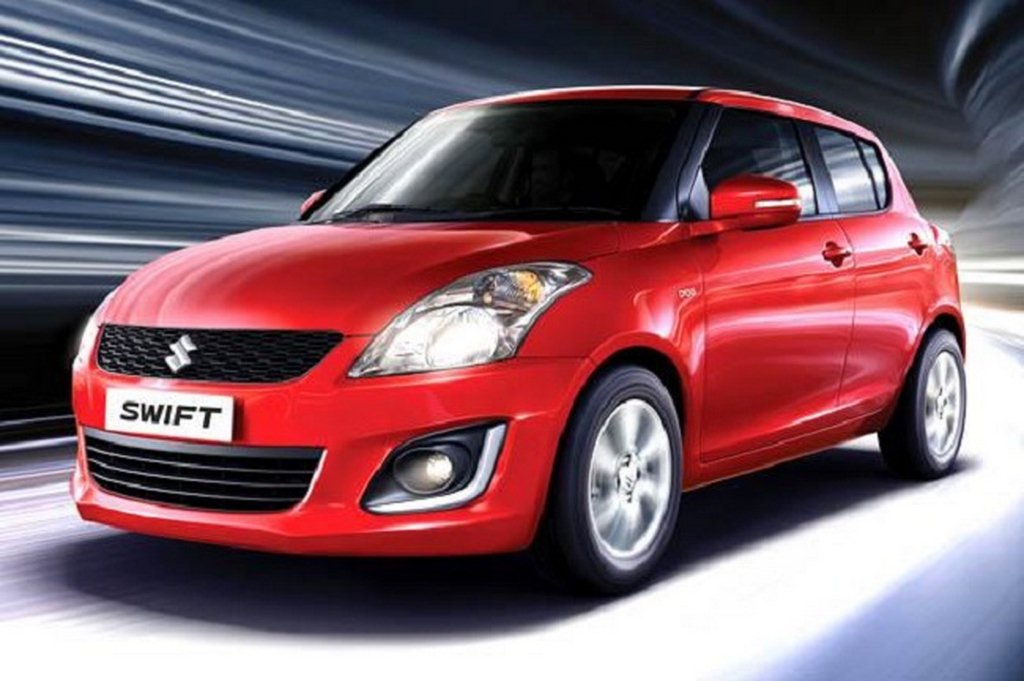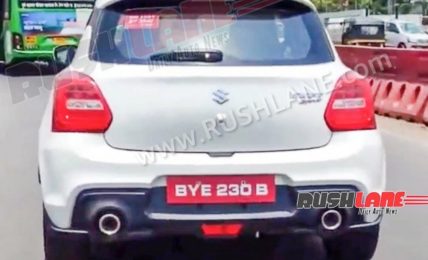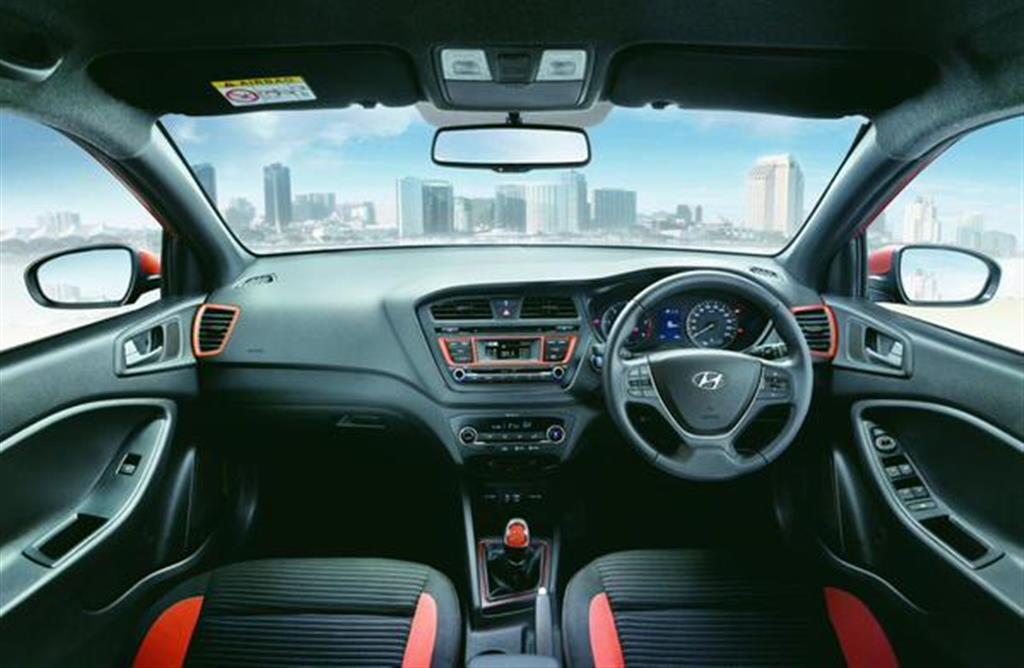Features – Both the Hyundai i20 and Maruti Swift offer a load of features, right from dual airbags, ABS, alloy wheels to integrated audio system, keyless entry, multi-information display and rear wiper/washer. But it is the i20 which blows the Swift royally away in terms of equipment. Hyundai has loaded the i20 with never seen before features in this segment such as automatic headlights, automatic wipers, push button start, reverse guide camera, electrically retracting rear view mirrors, etc. The Swift offers distance to empty which is surprisingly missing on the i20.
[singlepic id=12181 w=540 h=375 float=center]
Ride, Handling and Braking – Until now, one might see that the i20 as the superior car but it is the driving dynamics which are the strong points of the Swift and the weak points of the i20. The Swift is sharp and agile. It has a point and shoot character. It is sure footed and stable, with good brakes. The i20 is quite the opposite. Hyundai hasn’t sorted out the handling of the i20, which doesn’t inspire any confidence. Steering is super light, which is a boon in the city but quite the opposite out on the highways.
[singlepic id=12149 w=540 h=375 float=center]
The Swift rides well, absorbing most of the bumps on the road. Unlike the old Swift, the new one is not harsh at all and more comfortable. The Swift now has a more pliant ride but not at the cost of handling. The car inspires tremendous confidence and one can push hard through corners. The only spoil sport are the tyres (MRF in our case), which tend to loose grip way before the chassis gives up. Braking is good too with disc brakes at the front, but stand on them and the tyres won’t support, screeching the car to a halt. The Swift feels stable at high speeds and even at upper side of three digit speeds, the Swift remains firmly planted to the ground, giving no signs of uneasiness.
[singlepic id=12158 w=540 h=375 float=center]
The Hyundai i20 has been known for its not so driver centric handling. The super light steering wheel is a breeze at parking speeds and city driving. But once you start pushing the i20, you realize there is absolutely no feedback. Ride quality is good at low speeds but once speeds build up, the suspension is unable to cope up with the undulations on the road. Even with disc brakes all around, the i20 does not stop so comfortably. The car wants to jump lanes on hard braking and one has to wrestle with the steering to keep it in check. The i20 does show nervousness at high speed braking and can’t really hold a candle to the Swift’s superior driving dynamics.
[singlepic id=12159 w=540 h=375 float=center]
Head over the next page to read about the performance of the Swift and i20.




